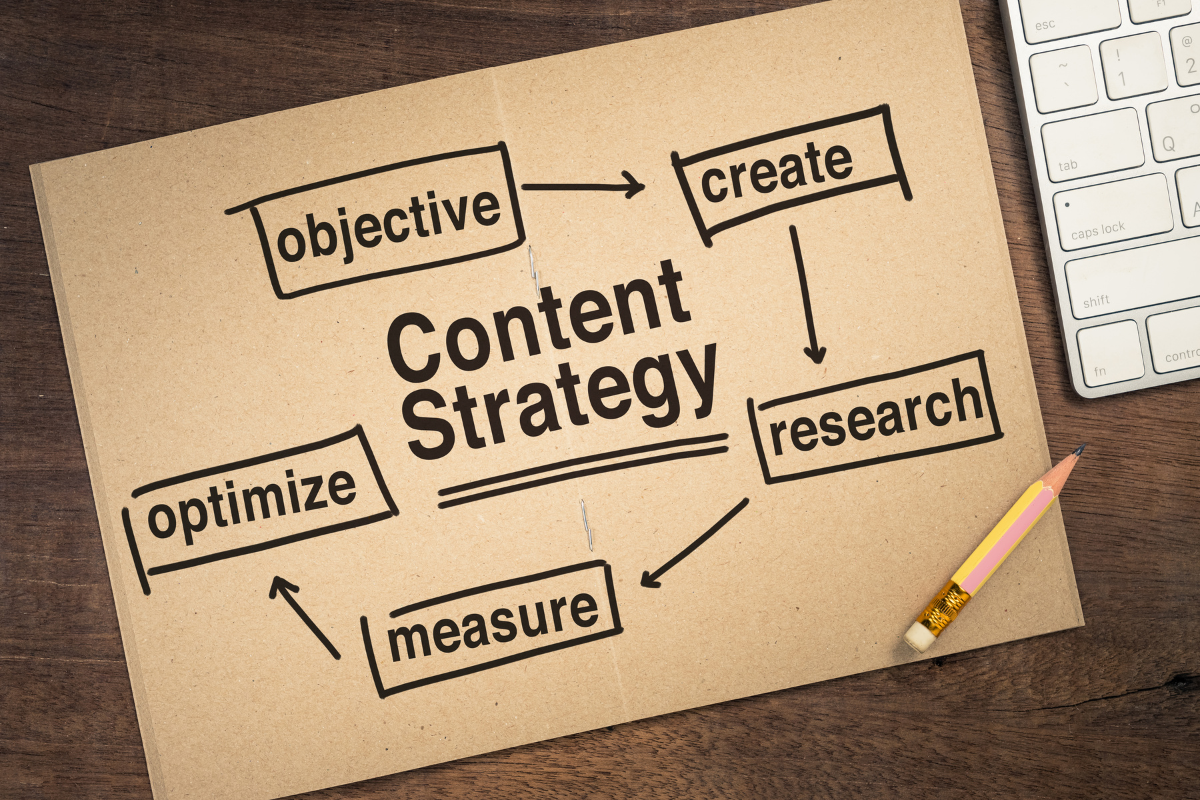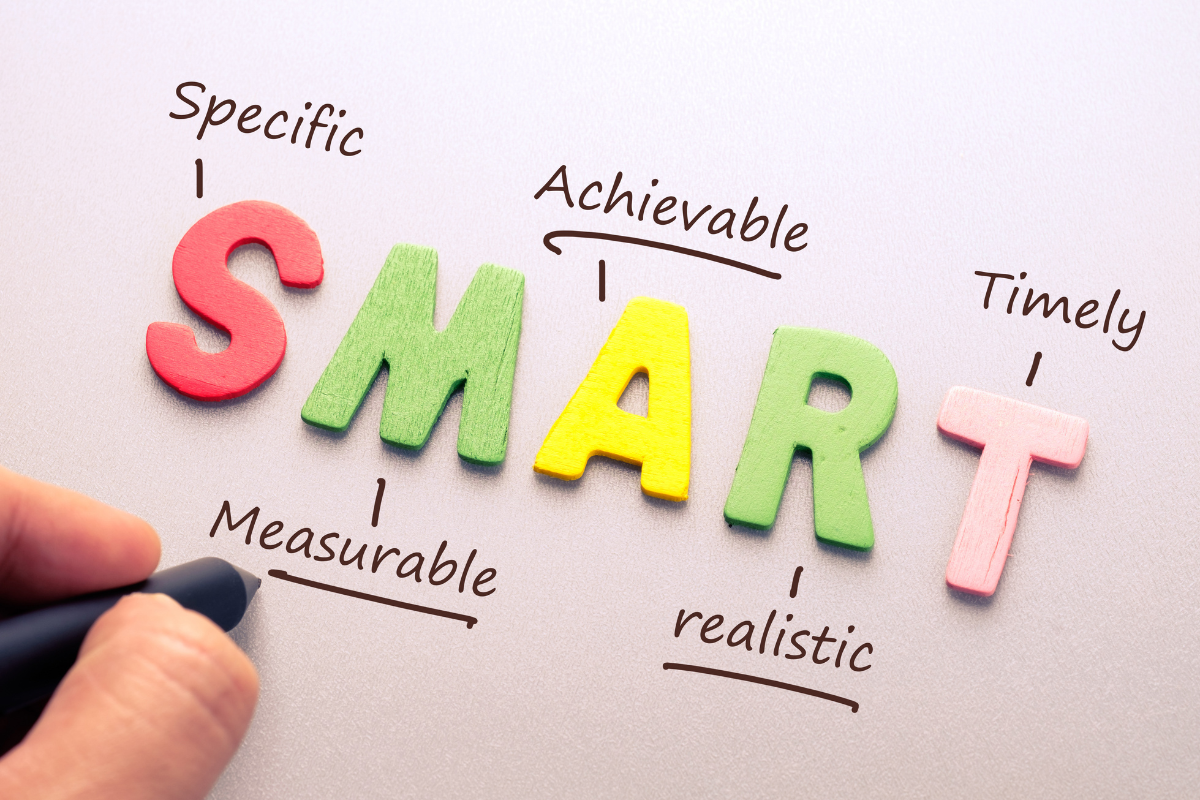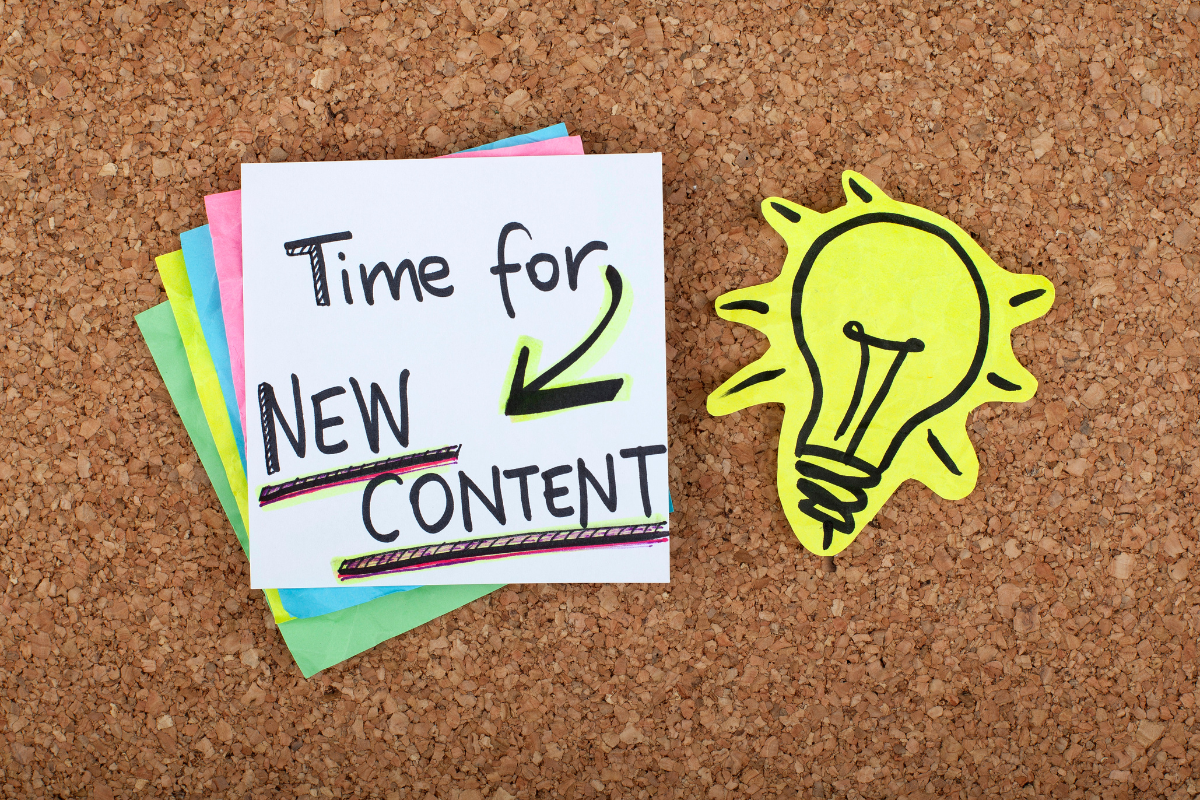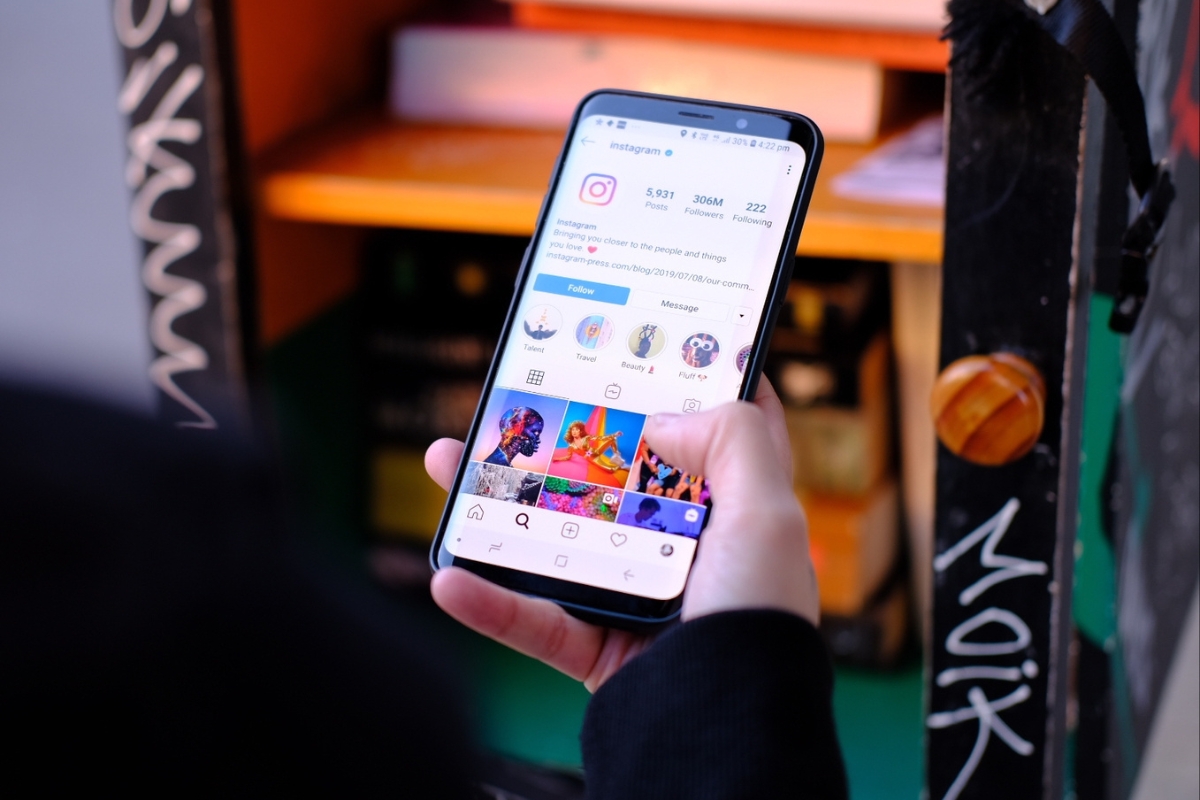Are you tired of feeling overwhelmed by your content creation process? Look no further! In this comprehensive guide, we’ll show you the foolproof method on how to create a content map that guarantees success.
Creating a content map is like drawing a roadmap to guide you through the vast landscape of ideas and topics. It’s the secret ingredient that helps you stay organized, ensures consistency, and maximizes your content’s impact. Whether you’re a seasoned content creator or just starting, this guide is tailored to meet your needs.
Join us on this journey as we demystify the art of content mapping. Say goodbye to endless hours of wasted efforts and hello to a streamlined content creation process. Buckle up, and get ready to transform your content strategy with our ultimate guide to successful planning.
Content Mapping Secrets Revealed!
Understanding The Basics Of Content Mapping

Dive into the world of content mapping and unlock the key to effective content strategy—one step at a time. Here are the basics of learning how to create a content map:
- Identify Your Audience: Understand the demographics, preferences, and challenges of your target audience. Tailor your content to address their specific needs.
- Define Goals and Objectives: Clearly outline what you aim to achieve with your content map. Whether it’s lead generation, brand awareness, or customer engagement, setting clear goals is crucial.
- Conduct Content Audit: Review your existing content to identify gaps and opportunities. This step helps in determining what type of content to create and where it fits in the buyer’s journey.
- Establish Buyer Personas: Develop detailed profiles of your ideal customers based on data and insights. This will guide you in creating content that resonates with each persona at different touchpoints.
- Choose Content Formats: Decide on the types of content that best convey your message. Whether it’s blog posts, videos, infographics, or podcasts, select formats that align with your audience preferences.
- Create Content Calendar: Organize your content creation and distribution schedule. A well-planned calendar ensures consistency and helps in tracking the progress of your content marketing efforts.
By understanding the basics of content mapping, you’ll pave the way for a well-structured and laser-focused SEO content creation strategy that drives engagement and delivers results.
Defining Your Audience Persona
Discover the power of audience personas in content mapping and learn how to create targeted content that resonates with your audience on a deeper level.
- Research Your Target Audience: Begin by studying demographics, behaviors, and preferences to create a detailed audience persona.
- Segment Your Audience: Divide your audience into specific groups based on shared characteristics to tailor your content map effectively.
- Identify Pain Points: Understand the challenges, needs, and interests of your audience to address them strategically in your content.
- Determine Goals: Define what you aim to achieve with your content map, whether it’s brand awareness, lead generation, or customer retention.
- Map Content to the Buyer’s Journey: Align your content map with the stages of the customer’s purchasing process to deliver relevant information at each step.
- Analyze Channels: Select the appropriate platforms to distribute your content based on where your audience is most active.
- Create a Content Calendar: Plan your content creation and distribution schedule to ensure consistency and maximize engagement.
- Measure and Adjust: Monitor the performance of your content map using analytics tools and make necessary adjustments to optimize results.
By defining your audience persona in learning how to create a content map, you can ensure that your content speaks directly to the needs, preferences, and aspirations of your target audience, fostering strong connections and driving meaningful engagement.
Setting Clear Objectives And Goals

When it comes to mastering how to create a content map, start by defining clear objectives and goals to guide your process effectively. Here’s a structured list to help you set the right direction:
- Define Your Purpose: Clearly outline why you are creating the content map. Are you aiming to improve website traffic, enhance brand visibility, or boost engagement?
- Identify Target Audience: Understand who your content is for. Define demographics, interests, and pain points to tailor your content map accordingly.
- Establish SMART Goals: Make your objectives Specific, Measurable, Achievable, Relevant, and Time-bound. This ensures clarity and accountability in your content planning.
- Prioritize Key Topics: Identify the main themes or topics you want to cover in your content map. This helps in organizing your ideas effectively.
- Create a Content Calendar: Map out a timeline for creating and publishing content. This helps in staying consistent and meeting deadlines.
By following these steps on how to create a content map, you can set clear objectives and goals for your content, leading to a more structured and successful planning process.
Conducting Content Audit And Analysis
When conducting a content audit and analysis to create a content map, follow these steps for successful planning. These steps will streamline your content creation process and lead to impactful results.
- Define Your Goals: Before diving into the audit, outline what you aim to achieve with your content map. Clarify your target audience, objectives, and key performance indicators (KPIs).
- Inventory Your Content: Create a comprehensive list of all existing content assets. Categorize them based on type, themes, and relevance to your goals.
- Evaluate Performance: Analyze the performance of each content piece using metrics such as engagement, traffic, and conversions. Identify top-performing and underperforming content.
- Identify Content Gaps: Spot areas where your current content lacks coverage or fails to address audience needs. Pinpoint opportunities for new content creation.
- Organize and Prioritize: Develop a structured content map that outlines the flow, hierarchy, and interlinking of your content. Prioritize content based on importance and relevance.
- Iterate and Optimize: Regularly review and update your content map to reflect changes in goals, audience preferences, and industry trends. Continuously optimize your content strategy for better results.
With these steps on how to create a content map, you can conduct a thorough content audit and analysis to create a content map that aligns with your goals and resonates with your audience.
Identifying Key Themes And Messages

Unlock the potential of your content strategy by identifying key themes and messages for content mapping. This crucial step will help you create cohesive and impactful content that resonates with your audience.
- Start by brainstorming potential themes and messages that align with your content map’s purpose.
- Analyze your target audience to understand their preferences and interests, ensuring your themes resonate with them.
- Use tools like mind maps or content planning templates to visually organize your key themes and messages.
- Prioritize the themes based on relevance and importance to your overall content strategy.
- Ensure consistency in your messaging across all themes to maintain coherence and clarity for your audience.
- Conduct regular reviews and updates to adapt to changing trends and audience dynamics.
- Test different themes through A/B testing to gauge audience engagement and refine your content map accordingly.
- Collaborate with your team to gather diverse perspectives and insights for a well-rounded content map.
- Incorporate feedback from analytics and audience interactions to fine-tune your themes and messages for optimal results.
By carefully identifying key themes and messages when learning how to create a content map, you ensure that your content is aligned with your brand’s messaging, effectively communicates your value proposition, and captivates your audience, leading to increased engagement and success.
Implementing Effective Visual Representation
Creating an effective content map involves incorporating visual representation techniques to enhance comprehension and organization. Here is a list of strategies to implement for successful content mapping:
- Mind Mapping: Start by using a mind map tool to brainstorm ideas and visually connect different aspects of your content. This visual technique helps in outlining key topics and subtopics efficiently.
- Color Coding: Assign different colors to various categories or themes within your content map. This method aids in distinguishing between different sections and enhances visual appeal.
- Hierarchy Structure: Utilize a hierarchical structure by using different shapes or levels to represent the importance or relationship between different content elements. This ensures a clear and organized flow of information.
- Icons and Symbols: Incorporate icons or symbols to represent specific actions, goals, or ideas in your content map. This visual aid helps in quickly identifying and understanding the content.
- Visual Consistency: Maintain visual consistency throughout the content map to ensure coherence and clarity. Consistent use of fonts, shapes, and spacing enhances overall readability.
Implementing these visual representation techniques as you get yourself familiar with how to create a content map will help you create a well-structured and visually engaging content map for successful planning.
Establishing A Consistent Content Calendar

Establishing a consistent content calendar is vital for effective content mapping. It provides structure, ensures timely delivery, and enables you to stay organized while creating and distributing your content.
- Start by defining your content goals. What are you aiming to achieve with your content map? Define clear objectives to guide your content creation process.
- Research your target audience. Understand their preferences, pain points, and interests. This will help tailor your content to resonate with them.
- Brainstorm content ideas based on your goals and audience research. Think about topics, formats, and channels that align with your content map strategy.
- Organize your content ideas into a calendar. Create a schedule that outlines when each piece of content will be created, published, and promoted.
- Include key details in your content calendar, such as deadlines, responsible team members, and planned promotions.
- Review and refine your content calendar regularly. Stay flexible to accommodate any changes or new opportunities that may arise.
- Implement your content calendar consistently. Stick to the schedule to ensure a steady flow of quality content that aligns with your content map strategy.
By implementing a consistent content calendar as part of learning how to create a content map, you can maintain a steady flow of high-quality content, engage your audience consistently, and achieve your content marketing goals with efficiency and effectiveness.
Measuring Success And Iterating Strategies
Measuring success and iterating strategies is crucial in the world of content mapping. By monitoring key metrics and adapting your approach, you can optimize your content strategy for maximum impact and continuous improvement.
- Define Clear Objectives: Begin by setting specific goals for your content map. Identify the purpose, target audience, and desired outcomes to measure success effectively.
- Key Performance Indicators (KPIs): Determine relevant KPIs such as website traffic, engagement metrics, conversion rates, and lead generation numbers. These quantifiable data points will help gauge the performance of your content map.
- Monitor Audience Feedback: Analyze audience feedback through comments, surveys, and social media interactions. Understanding their reactions and sentiments towards your content will provide valuable insights into its effectiveness.
- Track Content Reach: Measure the reach of your content map across different channels like social media platforms, email newsletters, and website analytics. Monitor the performance at each touchpoint to optimize distribution strategies.
- Evaluate Conversion Rates: Assess how well your content map is driving conversions, whether it’s increasing sales, sign-ups, or subscriptions. Tracking conversion rates will indicate the effectiveness of your content in driving desired actions.
- Adjust and Iterate: Continuously monitor the success metrics of your content map and be prepared to make adjustments based on the data. Iterating and optimizing your content strategy will ensure continuous improvement and long-term success.
By embracing a data-driven approach and constantly measuring success and iterating strategies in content mapping, you can refine your content, boost engagement, and stay ahead of the competition, ensuring long-term success in your content marketing efforts.
How To Create A Content Map: Elevate Your Content Creation Game With Strategic Planning

Ready to make your content stand out in the digital landscape? Newman Web Solutions is here to assist you. Our experienced team is equipped with the expertise to guide you through the intricacies of content mapping and provide top-notch content marketing services. From crafting a strategic content map to implementing targeted marketing strategies, we’re here to ensure your brand gets the attention it deserves.
Don’t settle for mediocre content that gets lost in the noise. Take the leap and contact our marketing experts today. Together, we’ll unlock your brand’s potential, captivate your audience, and elevate your online presence to new heights. Get in touch now through a free marketing strategy session.
Elevate your content creation game and watch your brand shine like never before!






